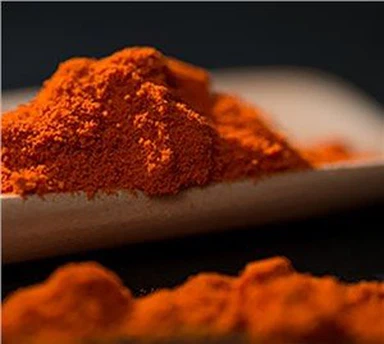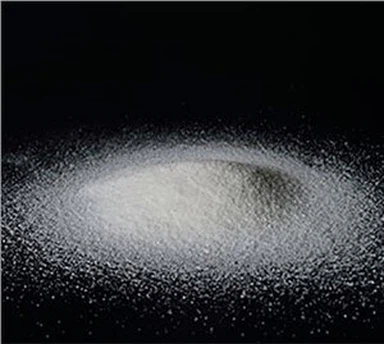What are the main uses of sodium diacetate?
Jan 20, 2023
Sodium diacetate is a commonly used compound with the chemical formula NaH(C2H3O2)2. It is acetate. It is a colorless solid used in flavorings and antimicrobials. Sodium acetate is formed by the reaction of acetic acid and sodium hydroxide.
When acetic acid and sodium acetate are mixed in equimolar ratios and allowed to crystallize, the sodium acetate crystallizes along with the crystallized acetic acid. This compound is known as sodium diacetate (E262). It provides a source of solid acetic acid for drying the product.
What are the usual applications of sodium diacetate?
Sodium diacetate (natrium diacetate) has long been used as a food additive. However, in recent years, sodium diacetate has become a hot topic of global research. Data collected from several related research sector studies provide evidence of its efficacy as an inhibitor of Listeria monocytogenes and Clostridium botulinum in meat and poultry products. Disodium acetate is a free-flowing, dust-free, and readily available source of acetic acid, the granular form of acetic acid that housewives are familiar with. The free acetic acid of sodium diacetate crystals is firmly fixed in the lattice of neutral sodium acetate, thereby covering up the pungent smell of acetic acid. This helps preserve the material without affecting its natural smell. It is recognized as a safe ingredient (GRAS) by the US FDA and is a generally permitted food additive in Europe and elsewhere. Among its various applications, sodium diacetate is widely used by the food industry as a preservative. Food Industry: The use of sodium diacetate is restricted to levels not exceeding current good manufacturing practices and levels of sodium diacetate are specifically defined for various food applications.

Sodium diacetate has some special uses as a source of acetic acid. In bread making, it is used to prevent runniness and molds, and it is also used as a flavoring agent in dry products, especially to enhance the flavor of vinegar. Inhibits the growth of certain types of mold and many harmful microorganisms (especially Bacillus mesenteric) in dough and bread. It also inhibits mold and rope in bread and sweets as well as mold in pies and cakes. In addition to its antibacterial effect, sodium diacetate can also inhibit the enzymatic action of amylase in the dough. Amylases that degrade starch lead to an undesirable increase in the maltose content of flour from sprouted grains. While its list of functional uses in food is long and impressive, it generally serves three purposes: as a pH control agent, flavor enhancer, and microbial inhibitor. The extra moles of acetic acid in SODIUM DI ACETATE give it a vinegary taste. This particular crisp flavor was instrumental in the successful development of Vinegar Chips, a popular snack food inspired by fish in malt vinegar. It is sometimes called imitation dry vinegar and is a common flavoring agent in dressings, foods, sauces, and ketchup. Manufacturers of industrial bread and coatings rely on it to prepare extra-spicy breading for fast-food fish and chicken.
Although sodium diacetate is often used as a primary flavor ingredient, it is also commonly used as an adjuvant to enhance the flavor and aroma of other ingredients in a recipe, and as a chelating agent to stabilize the color, flavor, and texture of foods. It is commonly used in the baking industry as a preventive agent. It acts as a dough conditioner and is an excellent anti-sticking agent. The rope is a condition caused by bad bacteria in the dough, which can contaminate and clog baking equipment, rendering the dough unusable. The result is lost raw material, lost productivity, and lost revenue. By simply adding sodium diacetate to the manufacturer's formula, costly rope consequences can be avoided. It is a fungicide and bacteriostat, mainly used to control mold and bacteria in food.






